Mint artwork NFT
Abstract: NFTs, or non-fungible tokens, are making waves in the digital art scene. They're unique digital assets, verified by blockchain technology, that turn your digital art into tradable commodities. The process of converting your art into an NFT is called minting. It's straightforward: prepare your digital file, choose a blockchain, and use a marketplace to mint your artwork after setting your royalties.
What is NFT?
NFTs are unique digital assets stored on a blockchain. Unlike cryptocurrencies, each NFT is one-of-a-kind, with its own distinct properties. They're used to represent ownership of digital items like art, music, and collectibles.
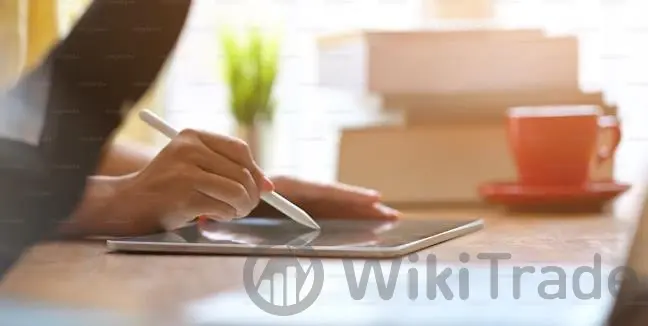
Purpose of NFTs
NFTs serve several purposes:
- Ownership and Authenticity: They provide a digital certificate of ownership.
- Monetization: Creators can sell their work directly to consumers.
- Interoperability: NFTs can be used across different digital platforms.
- Collectibility: They satisfy the desire for unique, exclusive items.
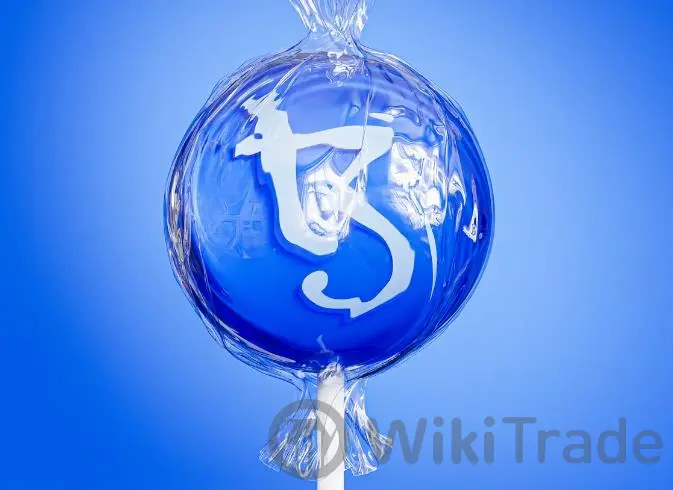
The Minting Process
To mint your artwork as an NFT, follow these steps:
- Prepare Your Artwork: Ensure it's high-quality and in the right format.
- Choose a Blockchain Platform: Ethereum is popular, but others like Binance Smart Chain are emerging.
- Select an NFT Marketplace: Platforms like OpenSea or Rarible are user-friendly.
- Upload and Set Metadata: Include details like title, description, and attributes.
- Pay the Gas Fee: This is the transaction fee to mint your NFT on the blockchain.
- Artist Reputation: Well-known artists can command higher prices.
- Scarcity: Limited editions increase value.
- Artistic Merit: Quality and creativity matter.
- Market Demand: Trends and collector preferences influence value.
- Technical Specifications: Advanced features can enhance value.
- Direct Sales: Sell your NFTs directly to collectors.
- Royalties: Earn from secondary market sales.
- Commissions: Use your NFT portfolio to attract commissions.
- Licensing: Grant usage rights for commercial purposes.
- Create Quality Art: Ensure it's visually compelling and unique.
- Understand NFT Technology: Learn about blockchain, wallets, and smart contracts.
- Choose the Right Marketplace: Consider fees, user base, and community.
- Set Up a Digital Wallet: Fund it to cover minting costs.
- Engage with the Community: Build relationships with potential buyers.
- Protect Your IP: Outline usage rights in the metadata.
- Blockchain Compatibility: Ensure it supports your chosen blockchain.
- Fees: Compare transaction and platform fees.
- Community & Reach: Assess potential exposure.
- Size and Format: Follow marketplace guidelines.
- Resolution: Aim for high quality to showcase details.
- Compatibility: Ensure your artwork meets platform requirements.
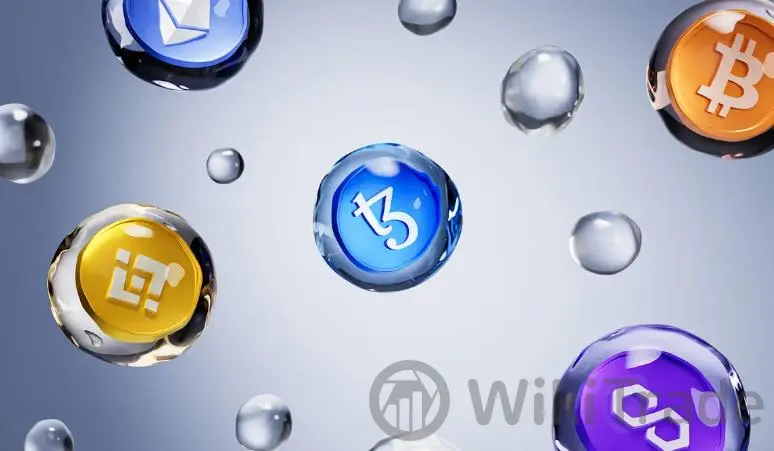
Evaluating NFT Artwork
Assessing the value of NFT artwork involves:
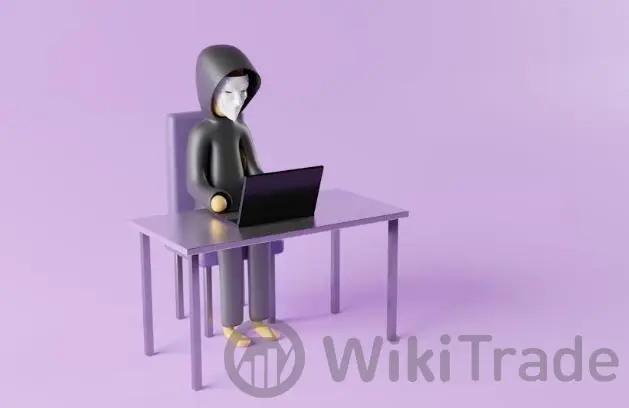
Making Money with NFT Artwork
Minting NFTs can be profitable:
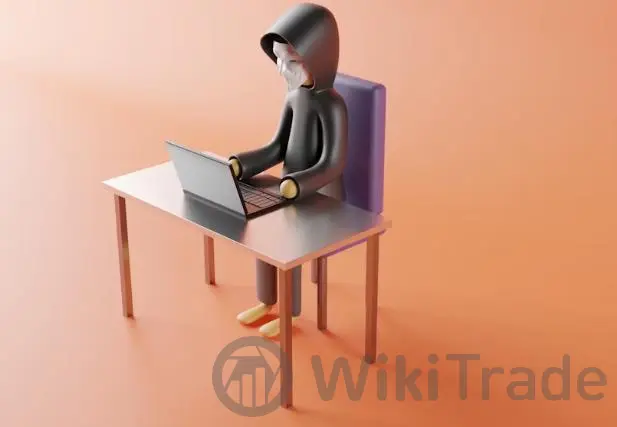
Preparing to Mint NFT Artworks
Before you mint, consider:
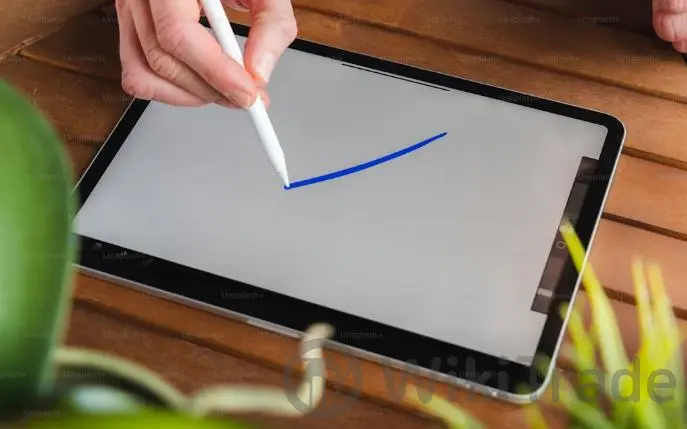
Choosing the Right Platform
When selecting an NFT platform, consider:
Technical Considerations for Artwork
For your NFT artwork:
Conclusion
Minting NFT artwork is a straightforward process that can open up new revenue streams for artists. By understanding the technology and market dynamics, you can successfully navigate the NFT space and monetize your digital creations.




Top News
 WikiTrade
WikiTrade WikiTrade
WikiTrade WikiTrade
WikiTrade WikiTrade
WikiTrade WikiTrade
WikiTrade WikiTrade
WikiTrade WikiTrade
WikiTrade WikiTrade
WikiTrade WikiTrade
WikiTrade WikiTrade
WikiTrade


